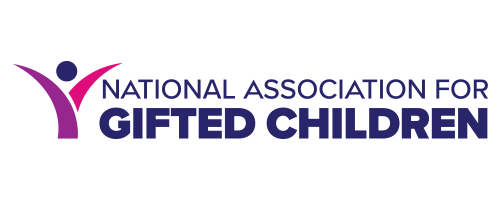Gifted MythBusters: Tackling Misconceptions in Our Community
Misconceptions about giftedness persist—sometimes even among educators and professionals. NAGC members recently weighed in on the biggest misconceptions and how they address them in an engaging and thoughtful discussion among educators, researchers, and advocates from across the country. Here are highlights from that conversation, along with practical myth-busting strategies straight from your peers.
Myth: "Gifted kids are just try-hards"
Truth: Effort doesn't negate giftedness—and dismissing it hurts everyone. One anonymous contributor shared frustration over hearing gifted students labeled as “just try hards,” especially from fellow educators. Their strategy? Reframing the conversation:
“I responded to a teacher who said this a few years ago by asking what message that sends to both the students who are gifted and to the students who are trying extremely hard.”
They also push back on the idea that gifted students can simply tutor others instead of receiving meaningful instruction themselves. By using “I” statements and hypotheticals, they aim to build empathy without sparking defensiveness.
Myth: "Gifted = Good Grades"
Truth: Giftedness and achievement are not synonymous. Several educators chimed in to debunk the persistent notion that gifted students are high-achievers across the board. As Linda Wallin, reminded us:
“Gifted kids [don’t always] want to get good grades. Sometimes they are not interested in grades at all.”
Verna Hiser echoed this, especially when it comes to twice-exceptional students:
“Many of the gifted and 2e students I work with have no desire to attain grades related to material they do not find relevant or challenging.”
Myth: "Creative students aren’t really gifted"
Truth: Creativity is a domain of giftedness. Jessica Barrington highlighted how often the creatively gifted are overlooked:
“Many do not understand creativity as an area of giftedness at all. Our creatively gifted students need opportunities and enrichment just as much as our academically gifted students.”
Her classroom now includes intentional time to help students understand their giftedness and how they learn best.
“We spoke about how they ‘became’ gifted, focusing on how their brains may learn differently from others.”
Myth: "Behavior problems mean a child can’t be gifted"
Truth: Some gifted students can show emotional and behavioral traits that don't align with what teachers expect. Ashley Phelps reminded us that giftedness doesn’t always look like academic compliance:
“Not all of those traits are what we think of as positive traits attributed to high-achieving students. Some of them show where that need for services truly lies.”
By helping teachers understand the research-backed characteristics of gifted learners, she builds understanding and ensures students are identified and served—even if they challenge classroom norms.
Myth: "Gifted kids know they’re gifted"
Truth: Many gifted students don’t even know why they were identified. One of the most poignant insights came from Cecelia Boswell, who asked a group of high schoolers how they knew they were gifted:
“We passed a test and we act nice and are quiet.”
That response sparked a passionate thread. Ashleigh Kelley noted:
“Most of my students have no idea how or why they qualified for our gifted program. I believe having that knowledge will work wonders for their confidence and motivation.”
Join the Conversation on NAGC Engage
Have a myth to bust? A strategy to share? A question to explore? NAGC members can connect with curious minds and generous hearts on NAGC Engage. This is where the gifted education community comes alive—through stories, strategies, and scholarship.
Not a member yet? Join NAGC today and become part of the community and conversation!


